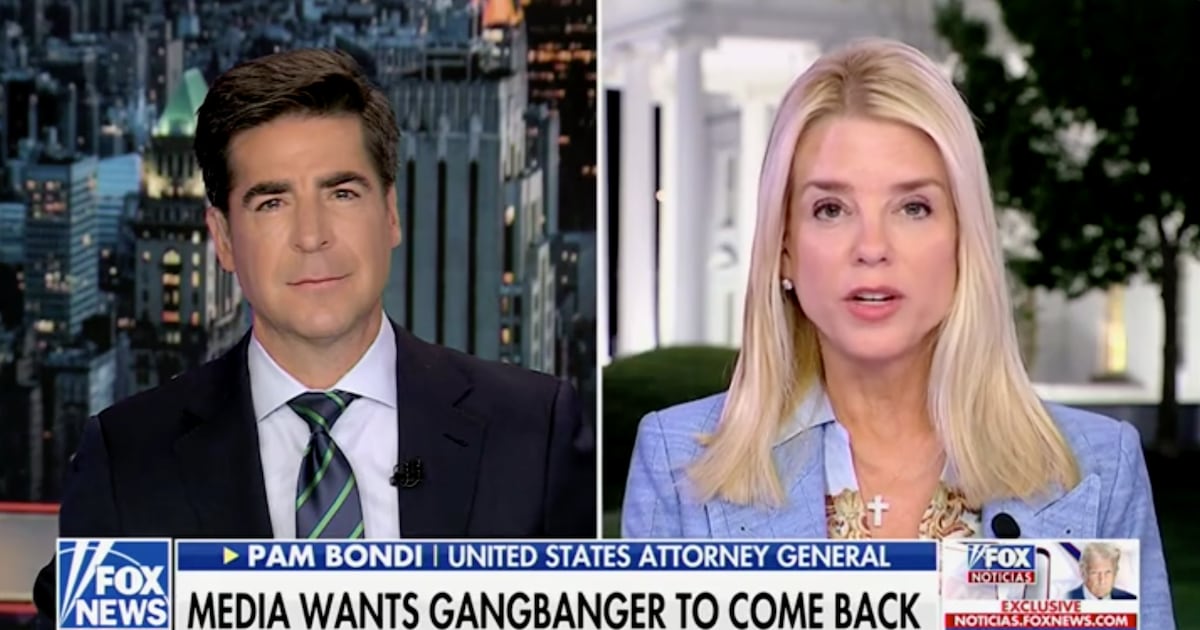Jason Schwartzman was holding hands with a mannequin during a fashion photo-shoot in Hollywood one afternoon last spring.
“Look longingly into her eyes, and touch the fingertips of her hand,” came the photographer’s direction. “Now look over your shoulder like you’re scared shitless.”
“Now look at the camera and scream ‘What the fuck?!’”
View Our Gallery of Scott Sternberg's Look-Books.

These aren’t exactly typical guidelines for a high-end fashion spread, but then, this wasn’t exactly Vogue. The photographer was Scott Sternberg, the designer behind cult guys ’n gals lines Band of Outsiders and Boy, and he was shooting Schwartzman, a good friend and gushing admirer, for his fall menswear look-book. Sternberg, a former talent agent whose interests range from plastic troll dolls to French New Wave cinema, has evolved a whole new art form from the traditional fashion campaign. For his look-books, a winking homage to old-style photo spreads, he recruits celebrities (Kirsten Dunst, Sarah Silverman, Marisa Tomei) and non-celebrities alike, dresses them up and throws them into odd situations—sometimes literally. In another scene from the Schwartzman shoot, Sternberg instructed his subject to tumble down a rusty flight of stairs.
High fashion used to be all about glitz and gloss: the finest photographer, the best equipment, the most expensive suite in the most exclusive hotel in St. Barts, all in pursuit of just the right angle of fading light in which to capture a single outfit on a pliant model making five figures a day. But as quickly as Anna Wintour can junk a September issue spread, the recession stripped those luxuries away. Now, photo budgets have been slashed, McKinsey is marauding around Conde Nast, and not even Annie Leibovitz can afford Annie Leibovitz anymore.
Sternberg’s been doing his thing since 2001, creating relatively affordable, well-made clothes that have attracted a hip and growing fan base. His designs riff on classic sportswear just as his look-books riff on classic fashion campaigns, adding clever details and wry twists to more traditional style. For a skirt, he takes ribbons that might tie back the pigtails of a Catholic schoolgirl and wraps them bandage-tight around a woman’s bottom. An impeccably tailored sports jacket becomes an impeccably tailored mini-dress. Instead of trousers, some of his male customers will wear sweat-shorts this spring. And now, he’s at work now on a line of Polo shirts called “This is not a Polo shirt.” “It was just to piss everyone off, including my lawyers,” he says. “But actually we’re totally scot-free.” He describes the line as “a meditation on Polos,” using unusual fabrics like high-gauge pique and cotton-poly (“but not in a gross American Apparel way”) and playing with stripes and pockets. The logo on the shirts is “(logo).”
The son of a dentist and a Williams Sonoma sales associate, Sternberg studied economics in college and moved to Los Angeles to work as an agent at CAA. He switched to fashion after a few years. “My parents love it,” he says. “They come to all the shows. My mom has her own press collection, it’s really horrifying. They are confused as to where this, you know, came from. It’s a strange sort of craft, fashion design, a strange sort of skill. It’s confusing to them, but they love it.”
He started shooting the look-books on a whim, as a way of putting a punctuation mark on the end of a collection. “I wanted to do the least fashion-industry-cliché version of looking at these clothes,” he says. “But I started realizing more and more that I was amassing this interesting library and, in a way, telling the story of a time.”
He’s at work now on a line of Polo shirts called “This is not a Polo shirt.” He says, “It was just to piss everyone off, including my lawyers.”
Schwartzman, who discovered Band of Outsiders at New York’s Opening Ceremony boutique and who has gone so far as to visit the factory where the clothes are made to give them his specific measurements, describes the look-books as an extension of Sternberg’s creative process. “It doesn’t feel like we’re just taking pictures of these clothes and then we’ll be out of here,” Schwartzman says. “I feel like the clothes aren’t even done until he’s taking pictures. That’s when they come alive. He’s trying to bring those clothes to life. He’s trying to animate them.”
And at least for now, they’re leaping off the shelves. While much of the retail fashion business is suffering, his profits are up. Orders are rolling in. This summer, the Council of Fashion Designers named him menswear designer of the year. He just opened a shop-in-shop in Opening Ceremony’s brand-new eight-story Tokyo flagship, and he’s recently become the unofficial clothier of the new HBO show Bored to Death, in which Schwartzman plays a detective plucked straight from Raymond Carver and dropped into Brooklyn, with a closet full of Band of Outsiders jackets.
“My character basically has to look respectable, somewhat good, like the clothes should fit him well, but they also must be classic in a certain way,” Schwartzman says. “And Scott’s clothes are the perfect combination of classic cut, classic prints, classic designs, but then there’s something about them that’s new, that’s pushing forward. He has a foot on either side of that. One foot’s going that way, one foot’s going the other way. It’s all about the space between his feet.”
On Saturday, when he showed his spring collections at New York Fashion Week, Sternberg filled a giant first-floor event space at Milk Studios with sand, carving out a little pond and scattering boulders, tug boats and other detritus (a first-class airplane seat, a wooden dune buggy) against wall murals of oceans and palm trees. His models perched in beach-y poses, looking like glamorous survivors of a massive shipwreck. The room quickly filled to a bursting point with editors and fans streaming in from the rain. Sternberg stood smack dab in the center, surrounded by a giant swarm of photographers, and smiling broadly as everyone snapped the same picture, over and over. Then, throwing an arm around Schwartzman, he abruptly shuttled off.
“OK guys,” he said. “Session's over.”
Rebecca Dana is a culture correspondent for The Daily Beast. A former editor and reporter for the Wall Street Journal, she has also written for the New York Times, the New York Observer, Rolling Stone and Slate, among other publications.






